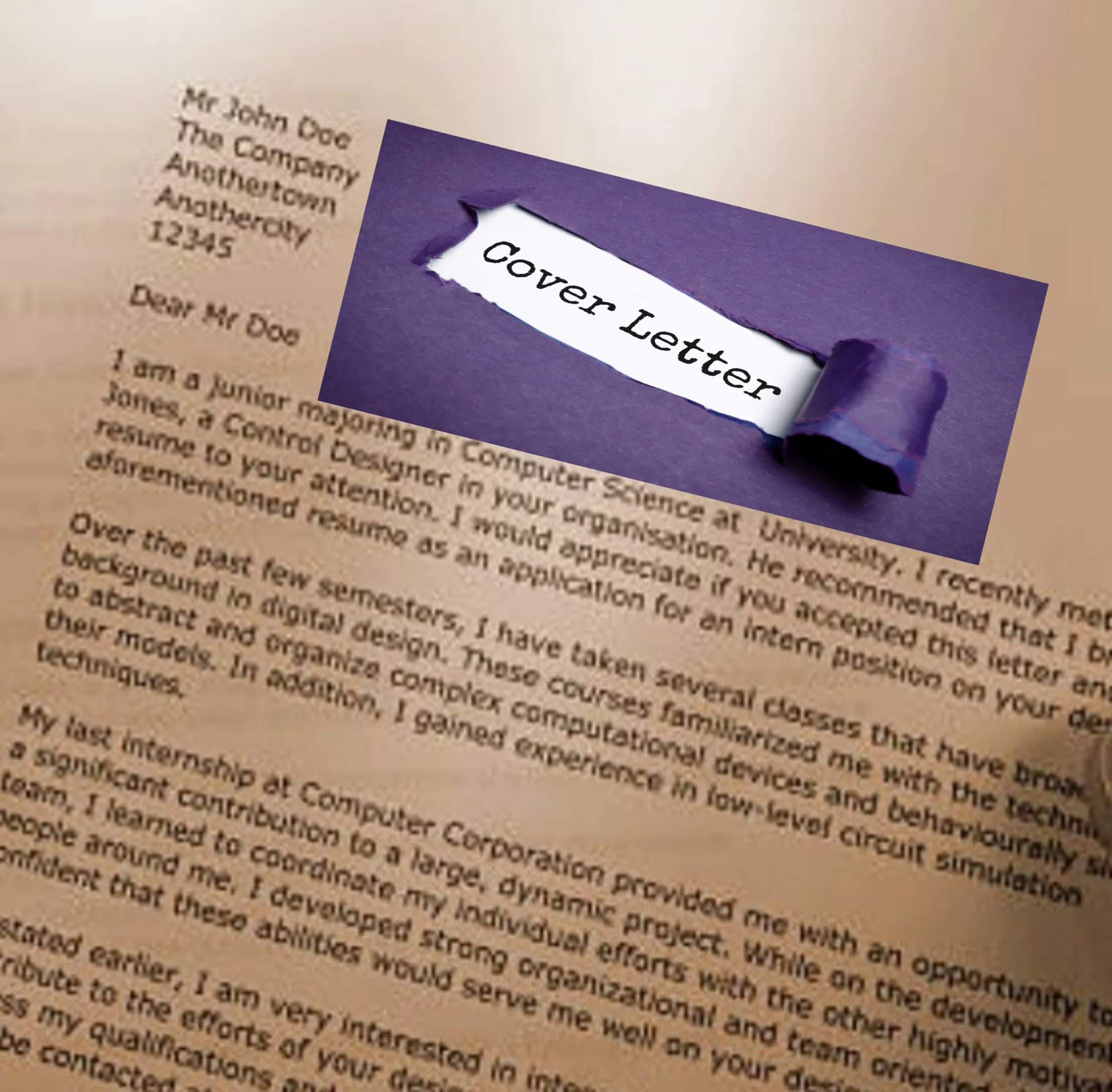What is a Cover Letter?
A cover letter is a crucial document that accompanies your resume when applying for a job. It serves as an introduction, providing a personalized overview of your qualifications, skills, and experience. Unlike a resume, which offers a concise summary, a cover letter allows you to elaborate on specific aspects of your background and explain why you are a suitable candidate for the position. A well-crafted cover letter showcases your personality, enthusiasm, and communication skills, giving you the opportunity to make a strong first impression on potential employers. It demonstrates your genuine interest in the company and the role, setting you apart from other applicants who may only submit a resume.
Importance of a Cover Letter
The significance of a cover letter cannot be overstated. It’s often the first thing a hiring manager reads, and it can significantly impact their perception of your application. A compelling cover letter can grab their attention, highlighting key skills and experiences that align with the job requirements. It allows you to connect your qualifications to the company’s needs, demonstrating how you can contribute to their success. Furthermore, a cover letter reveals your communication skills and writing abilities, which are essential in many professional roles. A well-written letter can help you stand out from the competition, increasing your chances of getting an interview and ultimately landing the job. Ignoring the cover letter can lead to the employer assuming you don’t have enough interest on the job position, so a good cover letter is very important.
Top 5 Secrets of a Job App Cover Letter Example
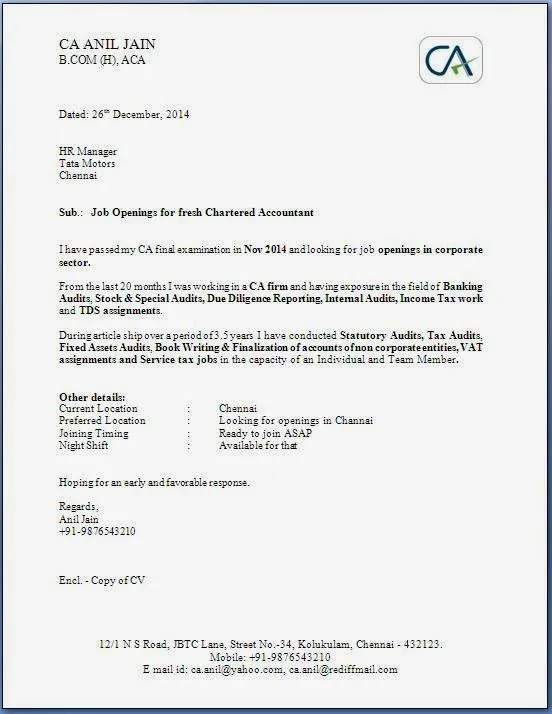
Crafting an effective cover letter involves more than just listing your qualifications. It requires a strategic approach that emphasizes your strengths and aligns with the employer’s needs. Here are the top 5 secrets to creating a standout job application cover letter example that will impress hiring managers and increase your chances of getting an interview.
Tailoring Your Letter
One of the most critical secrets to a successful cover letter is tailoring it to each job application. Generic, one-size-fits-all letters rarely make a strong impression. Instead, carefully review the job description and identify the key requirements and qualifications the employer is seeking. Then, customize your cover letter to highlight the skills and experiences that directly match those needs. Show that you understand the company’s values, mission, and the specific challenges of the role. This demonstrates your genuine interest and shows you’ve taken the time to research the position and the company, setting you apart from candidates who submit generic applications. Customization also shows your understanding on the role’s needs.
Highlighting Relevant Skills
Your cover letter should clearly articulate your relevant skills and how they align with the job requirements. Don’t just list your skills; provide specific examples of how you’ve used them in previous roles. Use the STAR method (Situation, Task, Action, Result) to describe your experiences. For instance, if the job requires project management skills, describe a project you managed, the challenges you faced, the actions you took, and the positive outcomes you achieved. Quantify your accomplishments whenever possible. Instead of saying ‘Improved sales,’ state ‘Increased sales by 15% within six months.’ Highlighting relevant skills with supporting evidence demonstrates that you possess the capabilities to succeed in the role and contribute to the company’s success.
Showcasing Achievements
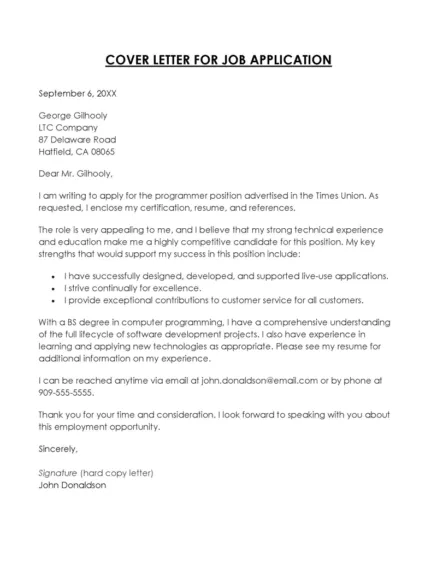
While highlighting skills is important, showcasing your achievements is equally crucial. Focus on your accomplishments rather than simply listing your responsibilities. Provide specific examples of how you have exceeded expectations, solved problems, or contributed to positive outcomes in previous roles. Use metrics and quantifiable data to demonstrate the impact of your work. For example, instead of saying ‘Managed social media,’ state ‘Increased social media engagement by 30% through strategic content creation and targeted advertising.’ Achievements show your ability to deliver results and make a tangible contribution. They provide concrete evidence of your value and potential to the employer.
Expressing Enthusiasm
Your cover letter should convey your genuine enthusiasm for the opportunity and the company. Show that you are passionate about the role and excited about the prospect of contributing to their mission. Research the company’s values, recent projects, and industry standing, and incorporate these insights into your letter. Explain why you are particularly interested in this specific role and what motivates you to apply. Expressing enthusiasm demonstrates your proactive approach and genuine interest, making a more positive impression on the hiring manager. However, be sincere and avoid using overly generic or cliché phrases. Let your personality shine through in your writing.
Proofreading and Editing
The final secret to a winning cover letter is meticulous proofreading and editing. Errors in grammar, spelling, or punctuation can undermine your credibility and make a negative impression. Before submitting your cover letter, carefully review it for any mistakes. Use grammar and spell-checking tools to catch obvious errors, but don’t rely solely on these tools. Read your letter aloud to identify awkward phrasing or unclear sentences. Consider asking a trusted friend, family member, or career advisor to review your cover letter for a fresh perspective. A well-written, error-free cover letter demonstrates your attention to detail and commitment to excellence. A cover letter free of errors also shows the employer that you took the time to revise your application and pay attention to details, which is a very valuable skill.
Formatting Your Cover Letter
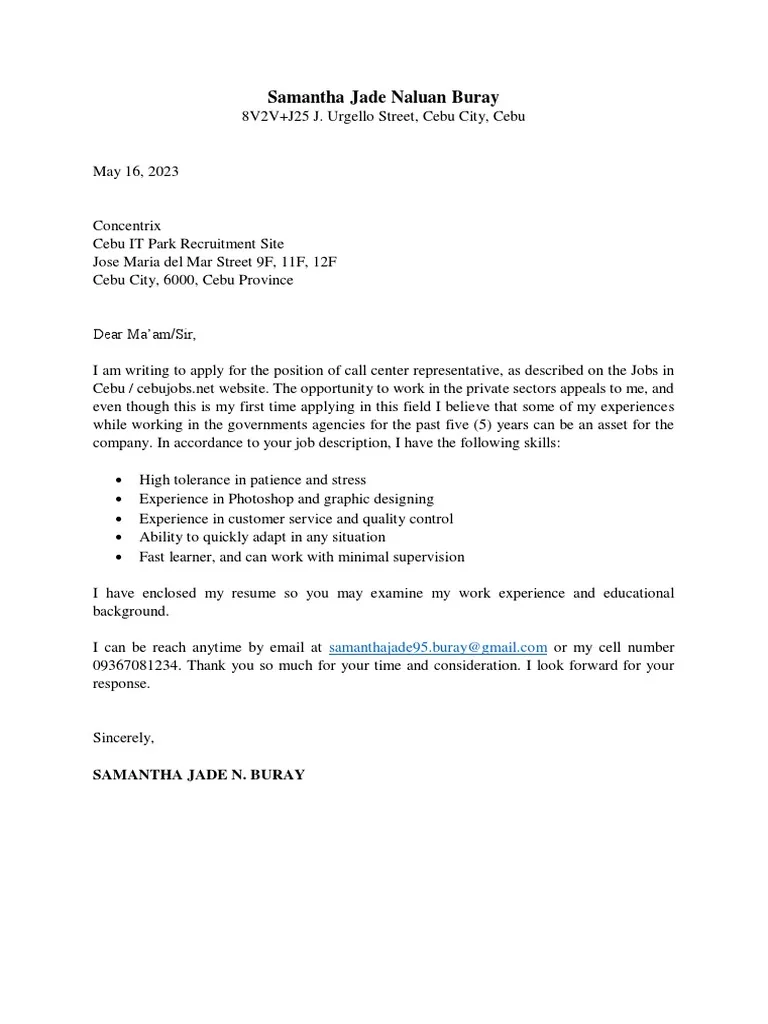
The formatting of your cover letter is just as important as its content. A well-formatted letter is easy to read and visually appealing, making it more likely to capture the hiring manager’s attention. Proper formatting includes choosing an appropriate font, using white space effectively, and including essential contact information. These elements enhance the overall presentation of your letter and contribute to a professional appearance.
Choosing the Right Font
Selecting the right font is a crucial aspect of cover letter formatting. Choose a font that is clear, professional, and easy to read. Popular and acceptable fonts include Times New Roman, Arial, Calibri, and Helvetica. Avoid using overly ornate or distracting fonts that may detract from your message. Keep the font size between 10 and 12 points for optimal readability. Consistency in font choice throughout the document adds to a professional appearance.
Proper Use of White Space
White space refers to the blank areas on your page that help to separate and organize the content. Use white space effectively to improve readability and visual appeal. Avoid crowding your text; use margins of at least one inch on all sides. Use single-spaced paragraphs with a blank line between each paragraph to provide visual breaks. Proper use of white space makes your cover letter easier to scan and digest, which is essential for the hiring manager who is reviewing multiple applications. The optimal white space also makes the reading experience enjoyable.
Including Contact Information
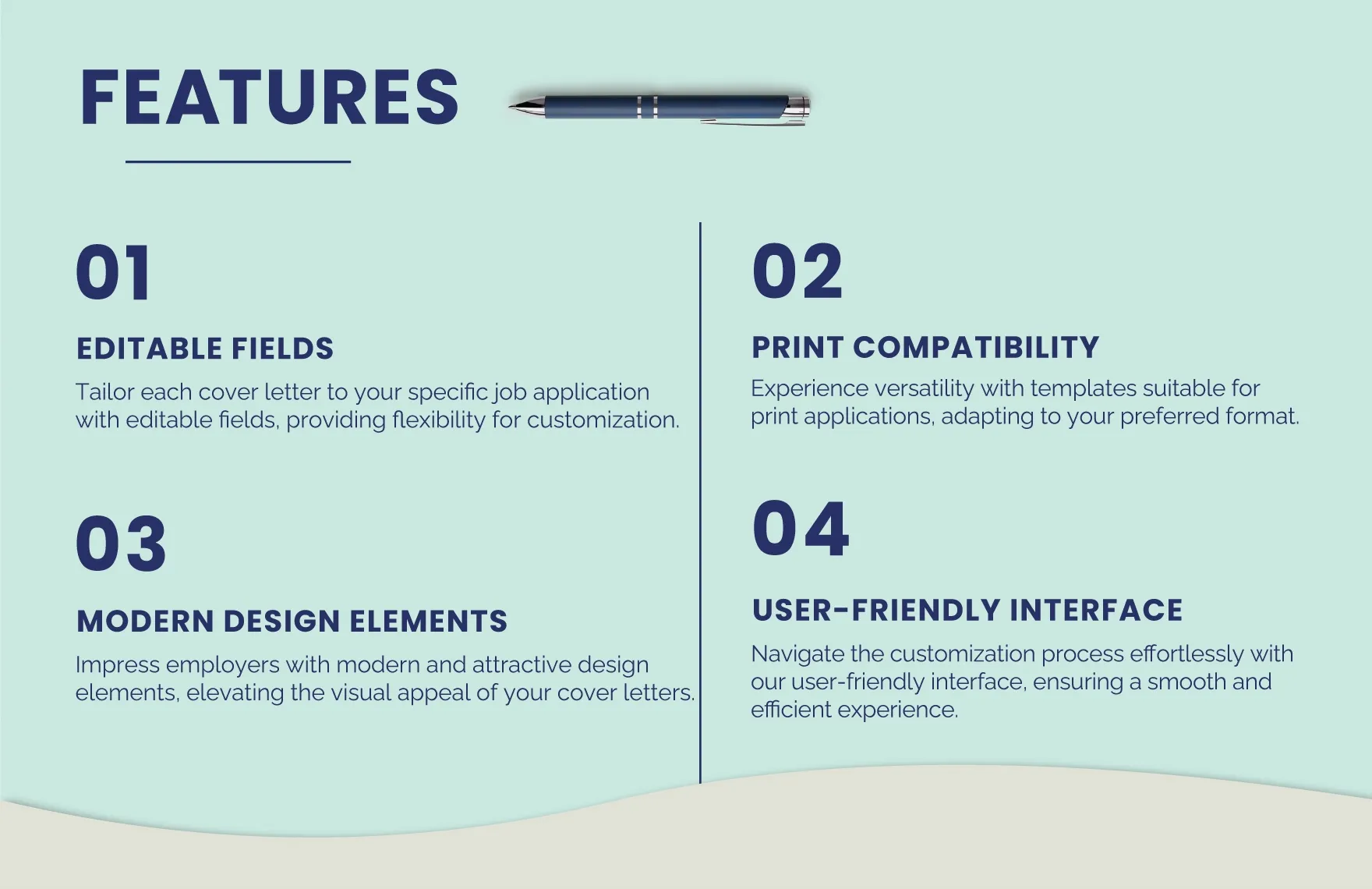
Your cover letter must include your contact information. It enables the hiring manager to easily reach you if they are interested in inviting you for an interview. Include your full name, phone number, email address, and, optionally, your LinkedIn profile URL. Place your contact information at the top of the letter, either aligned to the left or centered. Ensure that your contact information is up-to-date and accurate. Include your contact information also in your resume; this makes sure the employer has two ways to contact you.
Cover Letter Do’s and Don’ts
Knowing what to include and what to avoid can make or break your cover letter. Following are some important Do’s and Don’ts to help you create a cover letter that will impress potential employers.
Do’s of a Cover Letter
- Tailor your letter to each specific job application.
- Highlight your relevant skills and experiences.
- Showcase your achievements and quantify your results.
- Express your enthusiasm for the position and the company.
- Proofread and edit your letter carefully for errors.
- Use a professional and easy-to-read format.
- Keep the letter concise and focused.
- Research the company and demonstrate your knowledge.
- Include a clear call to action.
- Address the letter to the hiring manager by name, if possible.
Don’ts of a Cover Letter
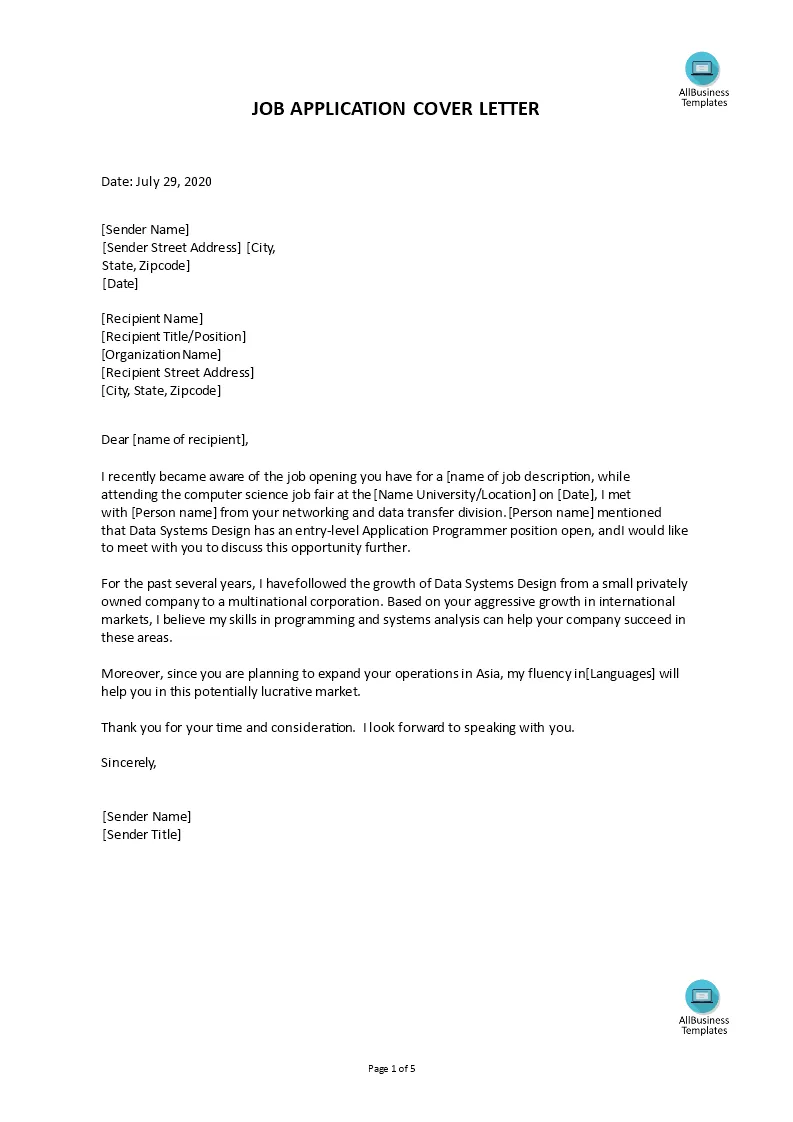
- Use a generic, one-size-fits-all approach.
- Simply repeat the information from your resume.
- Focus on what you want rather than what you can offer the company.
- Use jargon or overly complex language.
- Include negative comments about previous employers.
- Exceed one page in length.
- Make spelling or grammatical errors.
- Send a cover letter without a resume.
- Forget to proofread before sending.
- Use an unprofessional email address.
